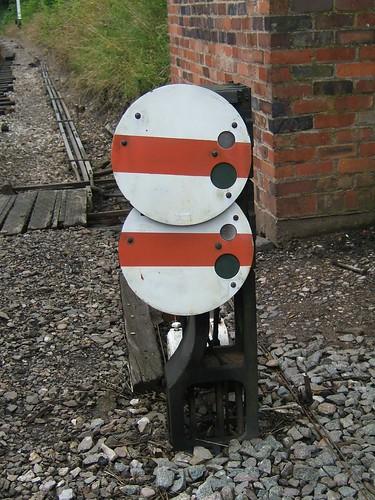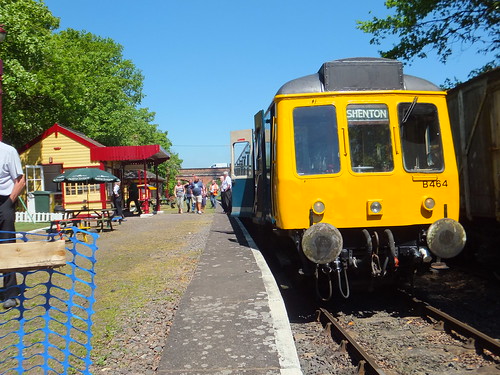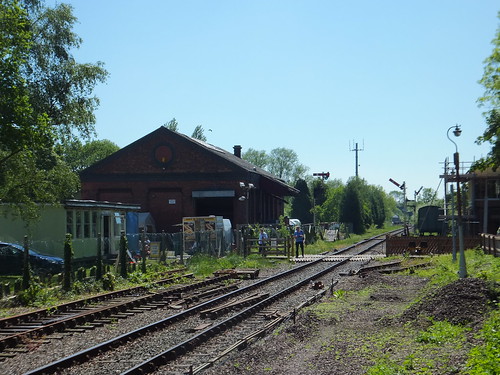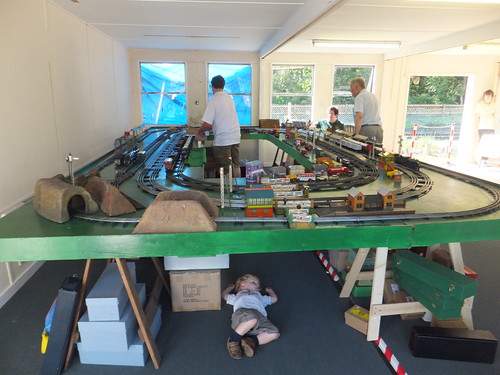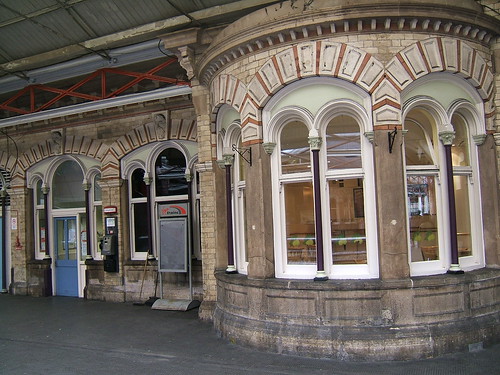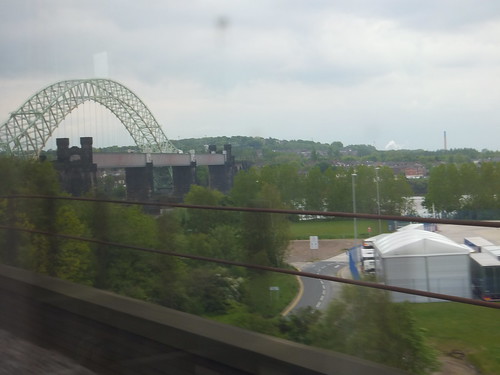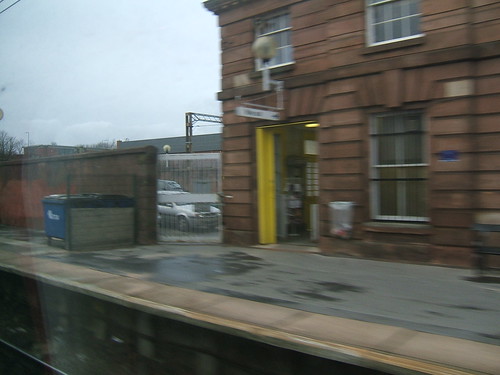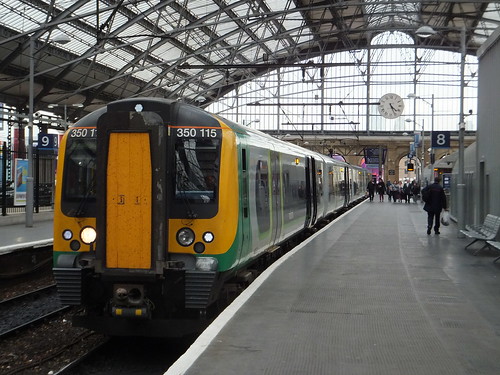North British introduced a distinctive diamond-shaped works plate, seen here on a locomotive built in 1926 now in Livingstone Railway Museum, Zambia.
Scotland, and in particular Glasgow, had a reputation for producing excellent engineers and engineering products. So it is perhaps no surprise that Glasgow was the home of a famous locomotive builder - the North British Locomotive Company Limited. The first locomotive built by the company was outshopped in 1903 but the company's origins are much earlier since North British was formed by the amalgamation of three locomotive builders.
The oldest of the three constituent companies was Sharp, Stewart and Company which had originated in Manchester. Locomotive building had started in the 1830s with 'Experiment' built for the Liverpool and Manchester by the firm of Sharp, Roberts and Company (already famous for textile machinery). Locomotive construction expanded as the firm became Sharp Brothers and, in 1852, Sharp, Stewart and Company. Locomotive construction continued in Manchester, for both British and Foreign railways, until the 1880s when the business was relocated to Springburn in Glasgow. By the time Sharp, Stewart and Company amalgamated in 1903, it had produced over 5,000 locomotives.
In 1836, Mitchell and Neilson was set up in Glasgow as an engineering company. This company traded under various names (all including 'Neilson') for the first few years at the Hyde Park Works in Finnieston. After producing a number of stationary steam engines, the firm started to expand into the business of building locomotives. In 1858 Henry Dubs became General Manager and supervised the move to a new works in Springburn (also called 'Hyde Park Works' to commemorate the firm's origins). In 1863, Dubs resigned as Managing Partner to set up his own business and was replaced by James Reid. In 1876, Reid bought out Neilson and the firm, again under a variety of names, continued to enjoy success. In 1893, Reid's four sons joined him in the business. James Reid died the following year and, in 1898, the firm's name was changed to Neilson, Reid and Company.
As noted above, Dubs left Neilsons in 1863, after acrimonious disagreements, to set up The Glasgow Locomotive Works in Polmadie (later called Queens Park Works). The locomotives were innovative and well-built and the Dubs business grew to become the second largest locomotive builder in Britain.
By the start of the twentieth century, the earlier success of these three Glasgow locomotive builders was being challenged by manufacturers in other counties, notably by Baldwin in America. To counter this threat, in 1903 Sharp Stewart, Neilson Reid and Dubs decided to amalgamate to form 'The Combine'. Initially, the three different works carried on independently, much as before, but they had sufficient success, particularly in the important export market, to carry on building steam locomotives until after the second world war.
Indian and African railways continued to be important markets for North British. It was only when I visited Livingstone Railway Museum in Zambia that I realised the significance of the African market to North British. Here's a summary of the preserved locomotives in Livingstone Railway Museum which had been built in Glasgow:-
No. 955, built Neilson Reid 1892.
No. 69, built Neilson Reid 1900.
No. 70, built Neilson Reid.
No. 1126, built Sharp Stewart 1902.
No. 91, built North British 1912.
No. 96, built North British 1912.
No. 181, built North British 1926.
No. 57, built North British 1957/8.
The only locomotives exhibited which were not supplied by 'The Combine' and its predecessors were three Beyer-Garratts and a Hunslet 2-6-2 tank.
Running number 1126 in the museum is an 8th Class locomotive, shown below:-
(Click on any of these images for a larger view)
Rhodesia Railways 8th Class, supplied in 1903/4 (Mitchell Library Collection).
Running number 181 in the museum is a 12th Class locomotive and I found a further, working example (No. 204) operated by Bushtracks on the Royal Livingstone Express. The 'ex-works' condition of this class is shown below:-
Rhodesia Railways 12th Class, ordered 1929 (Mitchell Library Collection).
In addition to the working 12th Class, Bushtracks operate No. 156, a working example of the 10th Class also used on the Royal Livingstone Express and in steam at the time of my visit. The outline diagram of the 10th Class is shown below:-
Rhodesia Railways 10th Class, supplied in 1929/30 (Mitchell Library Collection).
North Britsh produced a surprising number of locomotives for the British railway companies. Often, the railway company would manufacture part of the Class in their own workshops and North British would produce the balance. At least 19 North British locomotives for the railways of Britain have been restored to action by the preservation movement (and I've worked on a least six of them). Birmingham Railway Museum Pannier Tanks 7752 (shown below) and 7760 were both built by North British in 1930.
Preserved 'Pannier' 7752 at Tyseley (Birmingham Railway Museum).
By the 1950s, potential customers were increasingly turning to diesel and electric traction and North British produced various designs using these more modern forms of motive power. Despite these innovations, trading conditions continued to deteriorate and the business was finally liquidated in 1962.
References
'North British Steam Locomotives built 1857-1956 for railways overseas' by John H. Court (D. Bradford Barton) ISBN 0 85153 332 9.
'Glasgow: Locomotive Builder to the World' Murdoch Nicolson, Mark O'Neill (Polygon Books) ISBN 0 948275 46 4.
'Giants of Steam' by Rodger P. Bradley published by Oxford Publishing Company ISBN 0-86093-505-1 provides a detailed history of the North British Locomotive Company Limited.
There is a North British Locomotive Preservation Group and you can find their website here.
There's a Wikipedia article on North British here.

